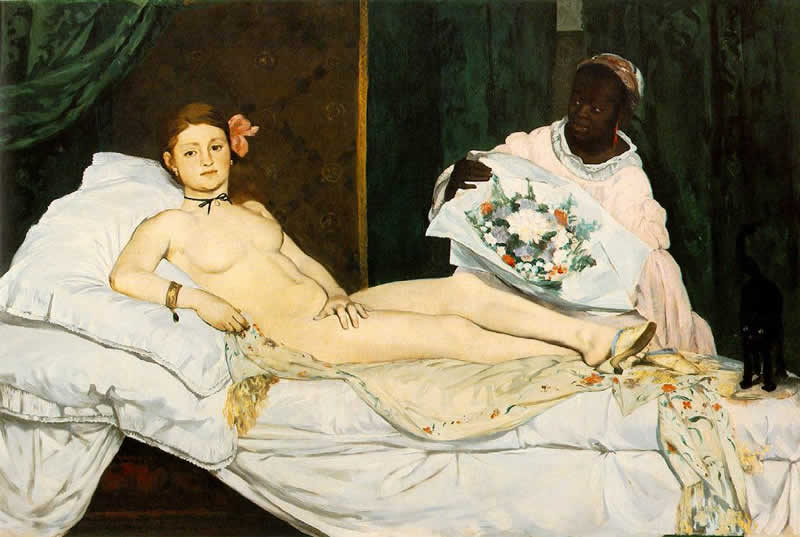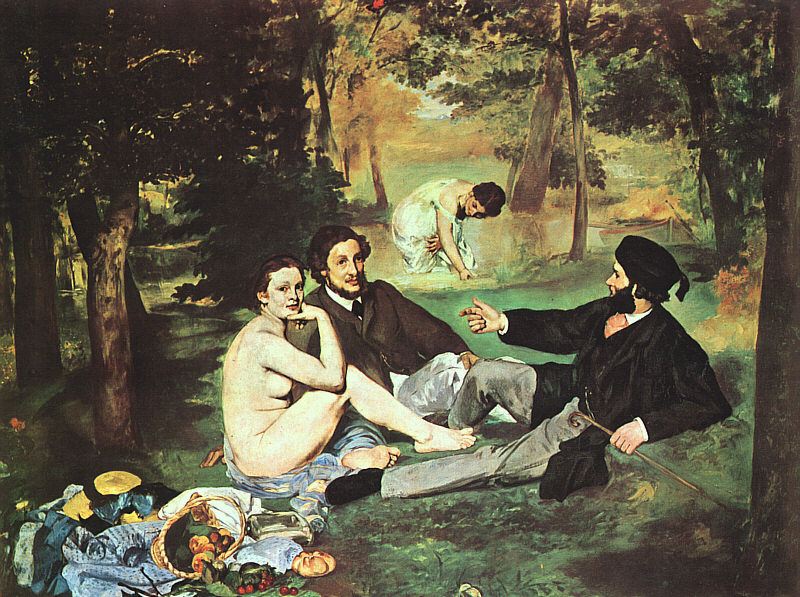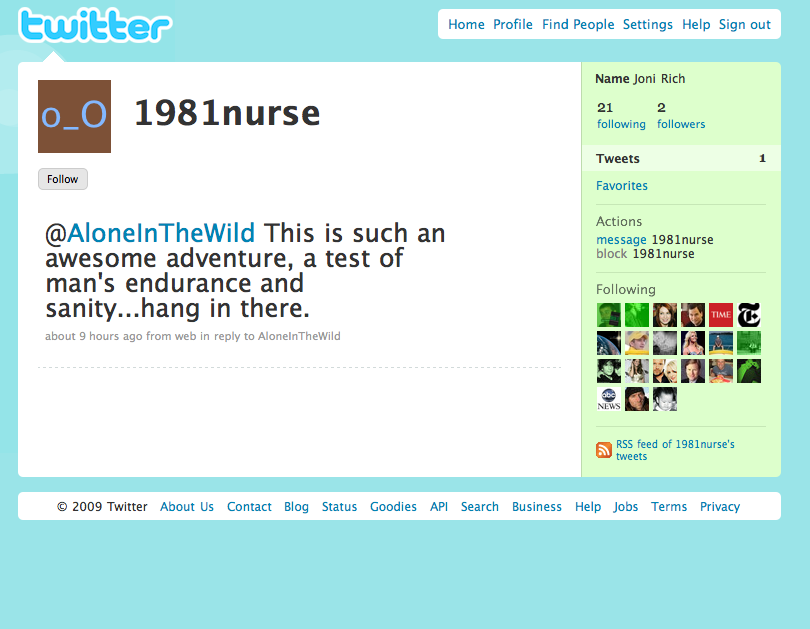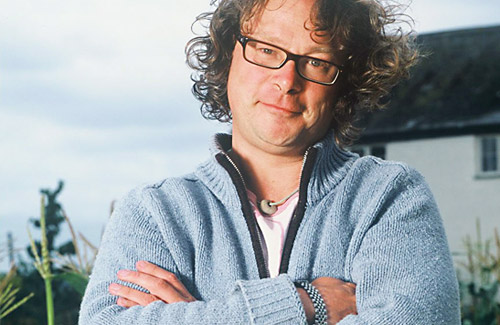Archive for the ‘nature’ Category
Oceanic Global Film Festival winner

‘Dive Tierra Bomba Dive‘, the second film I have commissioned/execed directed by Joya Berrow & Lucy Jane, the dynamic duo who go under the name The Right to Roam, has been selected as one of the four winners of the Oceanic Global Film Festival. It is centred on a young woman who aspires to lead the fight to protect the marine environment of her native island off the cost of Colombia.
The film received a special screening (with director Q&A) on Earth X TV last week.

The first film we worked on together was ‘Surf Girls Jamaica‘. It was recently spotlighted by The Guardian

This Real Stories podcast is a good listen about the making of Surf Girls.
Surfeit of Humanity

I learnt an amazing thing today. (It was on Start the Week on BBC Radio 4.) They had a dolphin expert on the show and he told about how a dolphin had been trained in American sign language – pretty amazing in itself.
But this was the mindblower: when the dolphin saw a swan for the first time it signed the words: Water Bird
Nature Boy

This is my favourite couplet from any song – and how come my philosophy on life is derived from George Benson.
I first came across the song ‘Nature Boy’ on the record ‘In Flight’ by jazz guitarist Benson. In time it emerged that it was a cover of Nat King Cole. In more time I became aware that it was written by someone called Eden Ahbez (who I’d never heard of). He turned out to be a proto-hippy and a very interesting character whose extraordinary story gave rise to this fascinating photo:

The dapper Cole and the Jesus-like Ahbez came to coincide in the wake of Ahbez pushing a dirty, rolled-up manuscript onto Mort Ruby, Cole’s manager, backstage at the Lincoln Theater, LA. On it was a tune and these words:
There was a boy
A very strange enchanted boy
They say he wandered very far, very far
Over land and sea
A little shy and sad of eye
But very wise was heAnd then one day
A magic day he passed my way
And while we spoke of many things
Fools and kings
This he said to me
The greatest thing you’ll ever learn
Is just to love and be loved in returnThe greatest thing you’ll ever learn
Is just to love and be loved in return
Beautiful simplicity – as has that fantastic closing couplet.
This happened shortly after World War Two, in 1947. Ahbez at the time was of no fixed abode and unemployed. Cole liked the song and began playing it live to audiences. In 1948 he recorded it but before the recording could be released Ruby needed to track down its writer to secure the rights.
Ahbez was eventually discovered living just below the first L of the Hollywood sign with his family. They slept under the night sky. Ahbez ate vegetables, fruits and nuts. He had shoulder-length hair and a beard, wore sandals and white robes. He studied Eastern mysticism and claimed to live on $3 a week.
‘Nature Boy’ became a No. 1 hit in the US Billboard charts for eight consecutive weeks during the summer of 1948. That same year RKO Radio Pictures paid Ahbez $10,000 for the rights to the song to use it as the theme tune for the movie ‘The Boy With Green Hair’.
Meanwhile he lived a proto-hippy life under the big L of Hollywood. Letters were significant for him. He actually called himself eden ahbez rather than Eden Ahbez as he reckoned only the words “God” and “Infinity” merited capitalisation.

During the 30s he lived in Kansas City and worked as a pianist and dance band leader. In 1941 he moved to LA where he got a gig playing piano in Eutropheon, a health food shop and raw food cafe on Laurel Canyon Boulevard, owned by John and Vera Richter. The Richters lived by a philosophy based on ‘Lebensreform’ (Life Reform) and the notion of the ‘Naturmensch’ (Nature Man) which was derived from the ‘Wandervogel’ (Wandering Bird) back-to-nature movement in Germany.
ahbez became part of a California-based group known as the ‘Nature Boys’, prominent among whom was Gypsy Boots (Robert Bootzin). Bootzin is another fascinating character, a hippy decades ahead of the 60s counterculture, with shared elements of ahbez’s background.
Bootzin was born in San Francisco to Russian Jewish immigrant parents. His father was a broom salesman. His mother brought him and his four siblings up as vegetarian. She led the family on hikes in the Californian hills and fed the homeless with her black bread. In the wake of his older brother’s premature death from TB, Bootzin resolved to pursue a healthy, natural lifestyle. He grew his hair long. By 1933 he had dropped out of high school and left home to wander the wilds of California with a group of fellow vagabonds. In the 40s he lived off the land with a dozen other Nature Boys in Tahquitz Canyon near Palm Springs, CA. They slept in caves and trees, and bathed in waterfalls. Long hair and beards were the order of the day.

Hence ahbez’s Jesus hair and beard, and diet of raw fruits and vegetables. It was at this juncture that he adopted the name ‘eden ahbez’ (ahbe to his friends). He was actually born George Alexander Aberle on 15th April 1908. On subsequent adoption (1917) he became George McGrew. Then George became eden.
ahbez was originally of the East Coast not West. He was born in Brooklyn to a Jewish father and a Scottish-English mother but spent his early years in the Brooklyn Hebrew Orphan Asylum. He was then adopted at the age of 9 by the McGrew family of Chanute, Kansas.
How much of the life of eden ahbez is self-mythologising is difficult to gauge. He claimed to have crossed the U.S.A. on foot eight times by the time he was 35. He settled in L.A., married Anna Jacobsen, with whom he slept in a sleeping bag in Griffith Park. They had a son, Tatha. The family continued living out under the stars, with just a pushbike, sleeping bags and a juicer. ahbez was to be seen on Hollywood street corners sharing gems of Eastern mysticism.

eden anna tatha/zoma – January 1948
Having been handed the scruffy ‘Nature Boy’ manuscript via Ruby, Cole recognised the underlying melody in the song as Yiddish. He decided to add it to his repertoire because he wanted a Jewish song for his act (presumably good for capturing that particular constituency). Cole recorded ‘Nature Boy’ on 22nd August 1947 with an arrangement by Frank DeVol and a piano part written by Cole played by Buddy Cole (Edwin LeMar Cole, no relation).

Despite Capitol releasing ‘Nature Boy’ as a B side, its quality overcame record company cluelessness to quickly hit the #1 spot. Frank Sinatra, Sarah Vaughan and others rushed out cover versions and it remains a much covered song, from David Bowie to John Coltrane, from Ella Fitzgerald to Bobby Darin.

Frank and eden
ahbez’s relationship to the greenback seems to have been an awkward one. Once ‘Nature Boy’ became a hit, the publishers and composer (Herman Yablokoff) of the Yiddish song ‘Schwieg Mein Hertz’ (‘Shvayg Mayn Harts’/ ‘Be Still My Heart’) claimed that the melody of ‘Nature Boy’ came from their song and sued, subsequently settling out of court with ahbez for a whopping $25,000. ahbez said he had “heard the tune in the mist of the California mountains.” Prior to this, when Ruby and Cole had eventually tracked him down under the L, it turned out that ahbez had given various people different shares of the publishing rights so he ended up with pretty much big fat zero. The happy ending though is that after Nat ‘King’ Cole died in 1965, his wife eventually gave all the rights back to its creator ahbez.

ahbe anna zoma 1961
In the wake of ‘Nature Boy’ ahbez continued to write songs for Cole, including ‘Land of Love’ (covered by Doris Day and The Ink Spots). In the mid 50s he supplied songs to Eartha Kitt, Frankie Laine and others. His composition ‘Lonely Island’ was recorded by Sam Cooke in 1957, his second and final tune to make the Top 40.
He collaborated with jazz singer-songwriter Herb Jeffries, in 1954 releasing the LP ‘The Singing Prophet’ including ahbez’s 4-part ‘Nature Boy Suite’. In 1959 he started recording his own distinctive brand of instrumental music. He could be seen in beatnik coffeehouses around LA performing on bongos and flute as accompaniment to beat poetry.

outside Health Hut, LA
In 1960 (thanks to the prompting of Bob Keane, boss of Del-Fi Records) he cut his only solo record, ‘Eden’s Island’ – “the first ever psychedelic pop classic” according to my pal Doug, and he knows his shit. It combines beat poetry with off-beat jungle exotica arrangements. ahbez promoted the LP by making personal appearances on a coast-to-coast walking tour. (He recorded another similar album, ‘Echoes from Nature Boy’, again containing his poems set to music, which was released posthumously.)
He pops up in various places during the actual Hippy era. Grace Slick, later of Jefferson Airplane, then of The Great Society, covered ‘Nature Boy’ in 1966. Early the next year ahbez was photographed in the studio with Brian Wilson during one of the ‘Smile’ sessions. Later in ’67 Britain’s very own psychedelic pioneer Donovan tracked down ahbez in Palm Springs and the two like-minds communed.
ahbez had his fair share of personal tragedy. His wife Anna died relatively young (47) of leukemia (in 1963). His son, Zoma (originally named tatha om ahbez) drowned as a 22 year old (in 1971). He himself met an ironically unnatural death at the sharp metallic end of an automobile, succumbing to the injuries sustained in the accident in LA on 4th March 1995. He was 86. The fruit and veg had agreed with him.
On the subject of fruit, ahbez said he once told a cop who was hassling him for his shaggy appearance: “I look crazy but I’m not. And the funny thing is that other people don’t look crazy but they are.”

April 1948
Picture of the Month: E for Enigma – A Bar at the Folies-Bergère
The most striking thing for me about Un bar aux Folies-Bergère, the last masterpiece by Édouard Manet, painted in 1882 for exhibition at that year’s Paris Salon, are the green booties. What on earth are they doing up there? What kind of night club were they running? Some wild place that they’ve got trapeze artists flying about overhead and no-one gives a monkey’s – no-one is even bothering to look up at them. Circus Circus 90 years ahead of its time. That pair of bright green booties top left and the pink leggings – some kind of surreal joke on the part of M. Manet? Always gets a wry smile out of me. You can see this painting in the Courtauld Collection in London’s Somerset House, London.
I’m currently reading Somerset Maugham’s The Razor’s Edge (appears on a lot of people’s Books That Changed My Life list so thought I’d give it a bash) which includes a scene of a visit to the Folies in post-Global Economic Meltdown Europe i.e. the early 30s . It’s in the context of a bit of a night crawl where a bunch of posh folk trawl the nighttown for thrills from the rough. The sense of classes colliding is strong in this picture, questions of power balance looming large.
Looking and not looking seems to be a preoccupation of Manet. The barmaid stares straight out at you the viewer – the last of a long line of such enigmatic stares. Olympia gives a challenging enigmatic stare in the eponymous painting [below]. As does that cheeky naked picnicker in Manet’s Dejeuner sur l’Herbe [below] (a quick tribute here to recently, dearly departed Malcolm [McLaren] who had fun with Manet’s woman in his Bow Wow Wow period). Manet gets his female protagonists to give as good as they get from staring males, no matter how much at a disadvantage they are (e.g. a bit light on the clothes front).
Now in this picture, Manet puts us, by a bit of mirror jiggery-pokery, in the position of said staring male. You, evidently, are that moustachioed, top-hatted, red-nosed chap reflected in the right-hand corner. Whether you’re more interested in the young barmaid or a bottle of Bass Pale Ale (spot that familiar logo, Britain’s first trademark) is debatable. But she is evidently giving him a run for his money on the gazing front, much like naughty, bold Olympia and the naked picnicker (though interestingly not the woman on The Balcony [below] who is altogether elsewhere – this barmaid’s stare is not quite as bold as picnic woman, not as insouciant as the odalisque, a tad more vulnerable and a little bit less there. That is where my fascination for Manet resides – it’s all in the eyes, eye and eye, and I and aye, what a rich mix of stories contained in the women’s eyes, looks and stares.)
Also in common (and common is the operative word – to reiterate, there’s a lot of class stuff going on around here) in common with Olympia is the fact that the barmaid is wearing a black ribbon. Why is Olympia wearing just the ribbon and the odd adornment – a bracelet, a hair ribbon, slippers? The answer can be found in the writing of poet Charles Baudelaire, a contemporary of Manet, just some ten years older – he had a conviction that Nature is much enhanced by Artifice – whether that artifice (Paradis Artificiels) is a ribbon or a reefer doesn’t much matter, it is the contrast which enlivens.
Interest in Manet should be livelying up in certain quarters with the announcement this week that one of the only two self-portraits of Manet (Self-Portrait With A Palette) was put up for sale this coming June, also staring in the mirror but without quite the enigma of E. Manet’s women…
Last Picture of the Month: Merry-Go-Round
 Leave a comment
Leave a comment





















